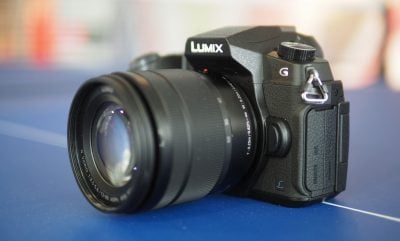Panasonic Lumix G80 / G85 review
-
-
Written by Gordon Laing
Quality
To evaluate the real-life quality of the Panasonic Lumix G80 / G85, I shot this outdoor scene with it using the Leica 25mm f1.4 lens, closed to f4 for optimal quality for this format. I was testing the Olympus OMD EM1 Mark II at the same time, so shot the same scene moments apart with the same lens, and repeated the shot with the Fujifilm XT2, the latter fitted with the XF 35mm f2 closed to f5.6 for optimal quality in that larger format. I realise both the EM1 II and XT2 are higher-end bodies with larger price tags to match, but I’ve included them here out of interest and for reference. The EM1 II because it represented, at the time of writing, one of the best quality options in the Micro four Thirds system, and the XT2 because its sensor and image processor are already filtering down into more affordable bodies including the XT20.
As always I shot with each camera in RAW+JPEG mode with the default settings. I’m waiting for full support from Adobe on all bodies before comparing RAW files, so for now I’m presenting JPEGs straight out-of-camera. As always the crops below are taken from the areas marked with red rectangles and are presented here at 100%.
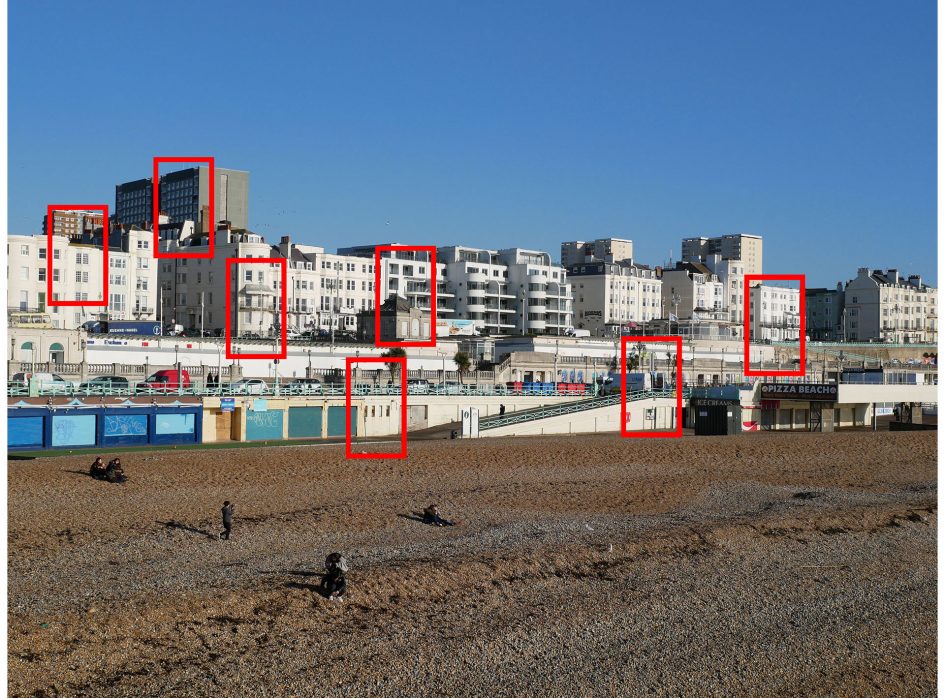
From left to right below you’re seeing crops from the 16 Megapixel G80 / G85, the 20 Megapixel EM1 Mark II and the 24 Megapixel XT2, and as such the cropped region shows progressively smaller areas. But how much difference is there in real-life detail?
I’d say the Lumix G80 / G85 sensor is doing a great job here. The removal of the low-pass filter is maximising the potential resolving power but with little or no evidence of false colour and moire. There’s plenty of detail resolved in the fine grills and railings across all the crops, and it’s only the very finest details where the higher resolution models take a lead. But it’s a small lead and based on this comparison I wouldn’t be choosing one body over the other based on resolving power – at least when comparing the output of in-camera JPEGs.
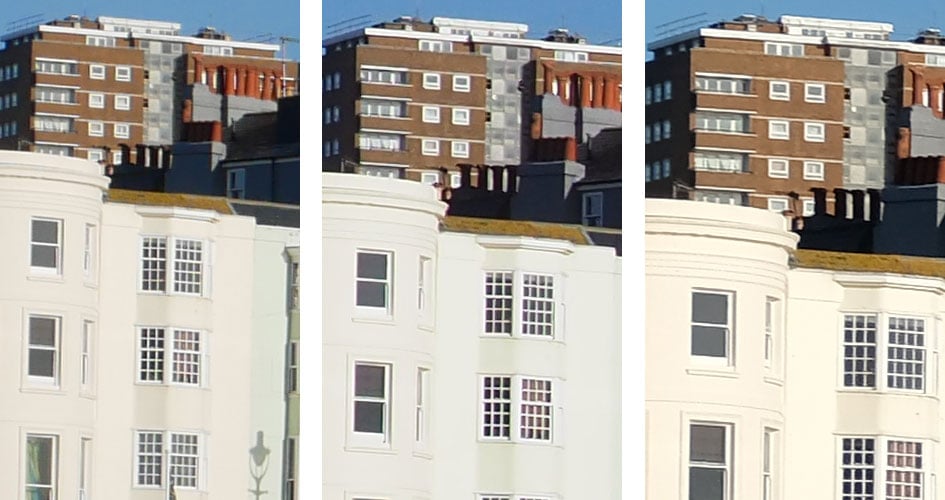
Above left: Panasonic Lumix G80 / G85 (JPEG) using Leica 25mm f1.4 at f4, 200 ISO. Above center: Olympus OMD EM1 Mark II (JPEG) using Leica 25mm f1.4 at f4, 200 ISO. Above right: Fujifilm XT2 (JPEG) using Fujinon XF 35mm f2 at f5.6, 200 ISO.
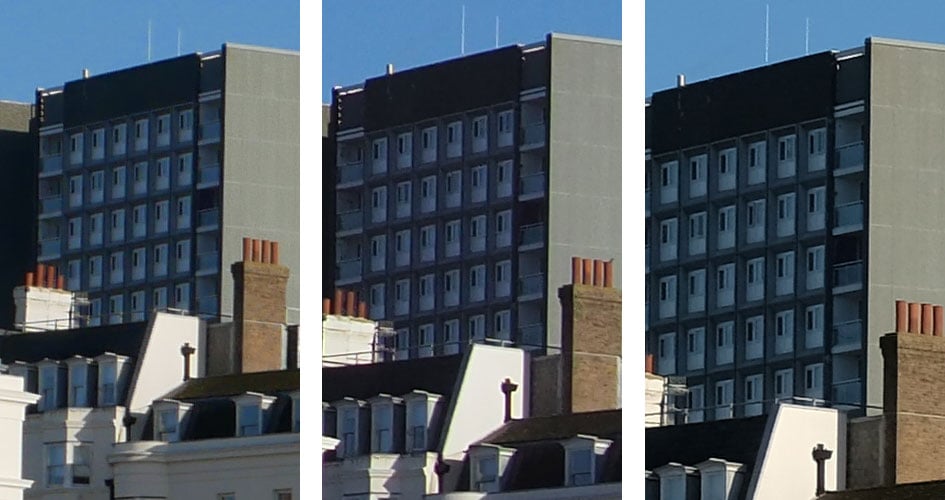
Above left: Panasonic Lumix G80 / G85 (JPEG) using Leica 25mm f1.4 at f4, 200 ISO. Above center: Olympus OMD EM1 Mark II (JPEG) using Leica 25mm f1.4 at f4, 200 ISO. Above right: Fujifilm XT2 (JPEG) using Fujinon XF 35mm f2 at f5.6, 200 ISO.
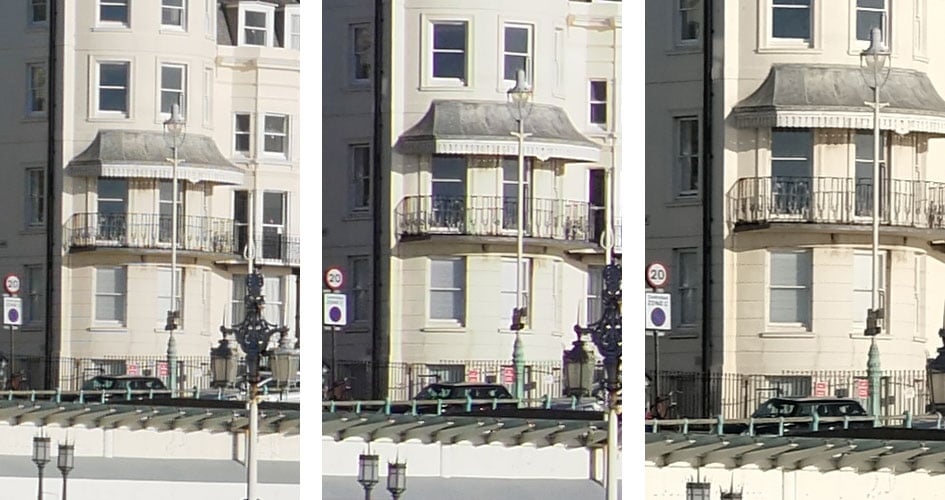
Above left: Panasonic Lumix G80 / G85 (JPEG) using Leica 25mm f1.4 at f4, 200 ISO. Above center: Olympus OMD EM1 Mark II (JPEG) using Leica 25mm f1.4 at f4, 200 ISO. Above right: Fujifilm XT2 (JPEG) using Fujinon XF 35mm f2 at f5.6, 200 ISO.
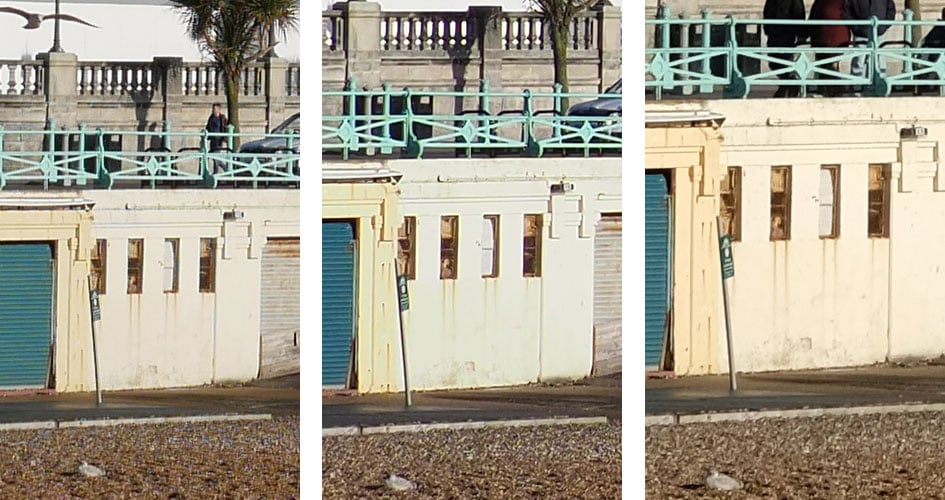
Above left: Panasonic Lumix G80 / G85 (JPEG) using Leica 25mm f1.4 at f4, 200 ISO. Above center: Olympus OMD EM1 Mark II (JPEG) using Leica 25mm f1.4 at f4, 200 ISO. Above right: Fujifilm XT2 (JPEG) using Fujinon XF 35mm f2 at f5.6, 200 ISO.
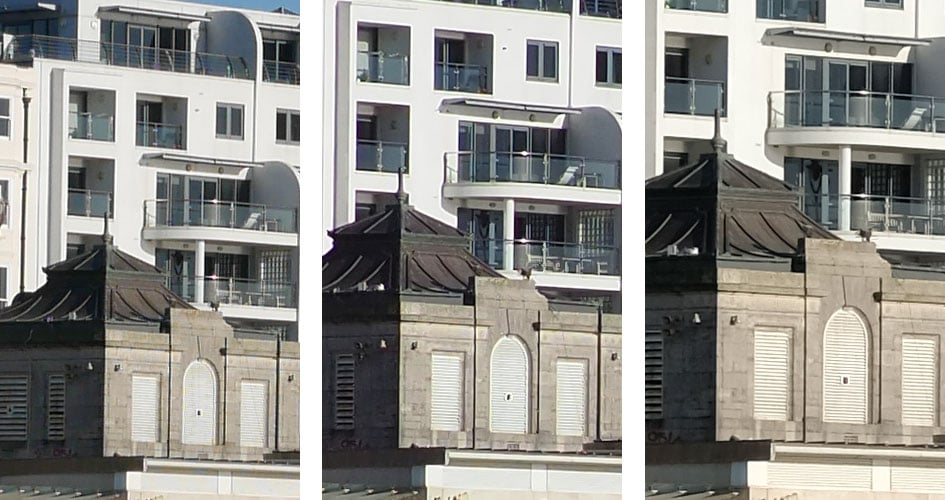
Above left: Panasonic Lumix G80 / G85 (JPEG) using Leica 25mm f1.4 at f4, 200 ISO. Above center: Olympus OMD EM1 Mark II (JPEG) using Leica 25mm f1.4 at f4, 200 ISO. Above right: Fujifilm XT2 (JPEG) using Fujinon XF 35mm f2 at f5.6, 200 ISO.
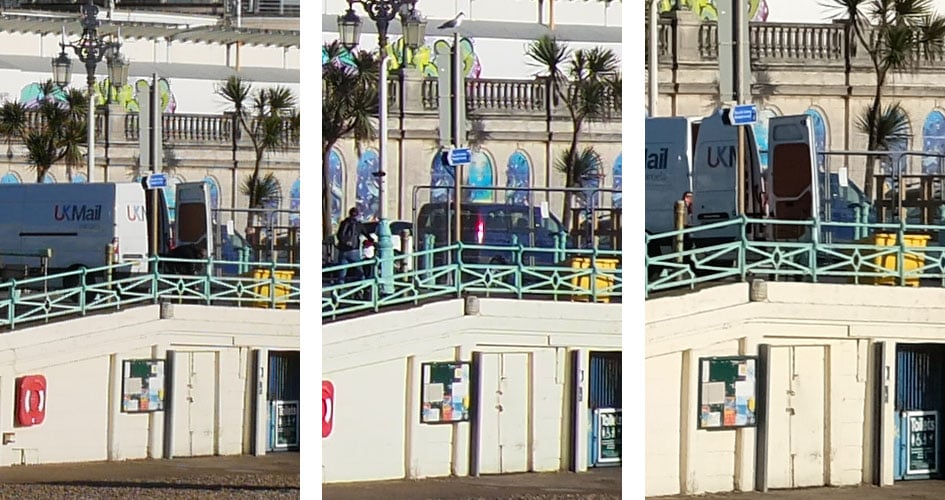
Above left: Panasonic Lumix G80 / G85 (JPEG) using Leica 25mm f1.4 at f4, 200 ISO. Above center: Olympus OMD EM1 Mark II (JPEG) using Leica 25mm f1.4 at f4, 200 ISO. Above right: Fujifilm XT2 (JPEG) using Fujinon XF 35mm f2 at f5.6, 200 ISO.
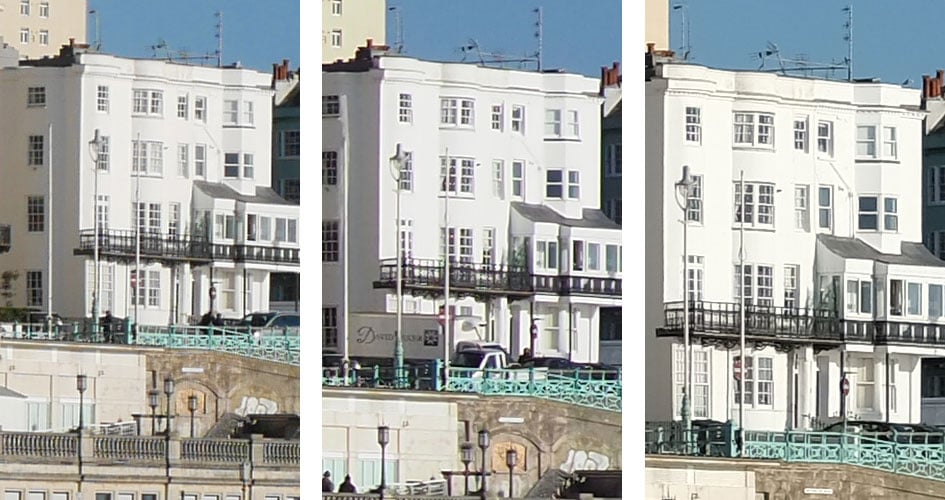
Above left: Panasonic Lumix G80 / G85 (JPEG) using Leica 25mm f1.4 at f4, 200 ISO. Above center: Olympus OMD EM1 Mark II (JPEG) using Leica 25mm f1.4 at f4, 200 ISO. Above right: Fujifilm XT2 (JPEG) using Fujinon XF 35mm f2 at f5.6, 200 ISO.
Now how about high sensitivities? Check out my Lumix G80 / G85 noise results below or skip to my sample images or back to my verdict!
Panasonic Lumix G80 / G85 noise
To evaluate the real-life noise of the Panasonic Lumix G80 / G85, I shot this low-light scene with it using the Leica 25mm f1.4 lens, closed to f4 for optimal quality for this format. I was testing the Olympus OMD EM1 Mark II at the same time, so shot the same scene moments apart with the same lens, and repeated the shot with the Fujifilm XT2, the latter fitted with the XF 35mm f2 closed to f5.6 for optimal quality in that larger format. I realise both the EM1 II and XT2 are higher-end bodies with larger price tags to match, but I’ve included them here out of interest and for reference. The EM1 II because it represented, at the time of writing, one of the best quality options in the Micro four Thirds system, and the XT2 because its sensor and image processor are already filtering down into more affordable bodies including the XT20.
As always I shot with each camera in RAW+JPEG mode with the default settings. I’m waiting for full support from Adobe on all bodies before comparing RAW files, so for now I’m presenting JPEGs straight out-of-camera. As always the crops below are taken from the area marked with red rectangle and are presented here at 100%.
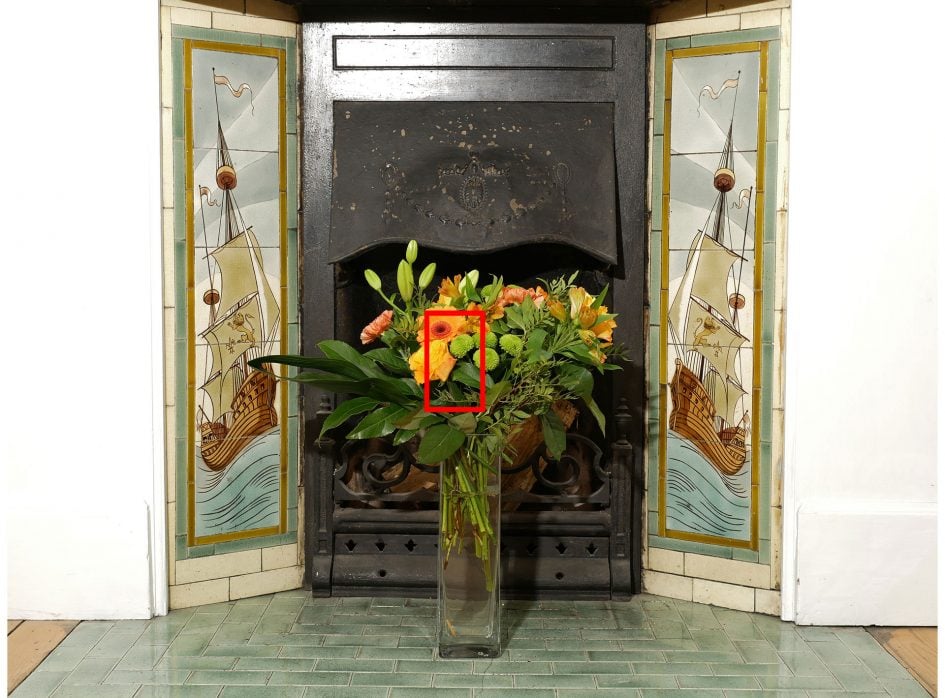
As before you’re looking at crops from images made with, from left to right, 16, 20 and 24 Megapixel sensors, and as such the cropped regions show progressively smaller areas. The next thing to note is both Micro Four Thirds bodies, the Panasonic and Olympus, look sharper than the Fujifilm, partly down to image processing, partly down to sensor design. This is however something that can be boosted on the Fuji or toned-down on the MFT bodies, so try to look beyond it to the recorded detail and relative approaches to dealing with noise.
I’d say from the crops below that all three share similar degrees of real-life detail up to 800 ISO and while noise is beginning to creep into the MFT bodies more so at 1600 ISO, they’re all still fairly evenly-matched in terms of recorded detail. From 3200 ISO onwards though, the impact of noise reduction becomes more apparent on all three bodies, particularly the Micro Four Thirds ones. Fine details and subtle tonal variations begin to suffer on the Panasonic and Olympus, but remain better defined on the Fujifilm at this point, particularly at 6400 ISO and above.
So as you’d expect, the camera with the physically bigger sensor delivers better tonal and fine details, but you’ll need to be shooting at 1600 ISO or above to really notice much difference. For me the smaller sensor bodies here only really begin to suffer at 3200 ISO. If you can keep the sensitivity below 1600 ISO though, there’s not a great deal to tell them apart and don’t forget both the Panasonic and Olympus bodies feature excellent built-in stabilisation which allows you to handhold at much slower shutter speeds than the Fuji (when using non-stabilised lenses), in turn allowing you to exploit lower ISOs. Of course if you need a high ISO to achieve a sufficiently quick shutter to freeze motion in low light, then no amount of stabilisation will help you, but if you’re shooting mostly static subjects, you can generally exploit lower ISOs on the Panasonic and Olympus thanks to the built-in stabilisation. So as always you have to think carefully about what you shoot and whether your lenses are stabilised or not.
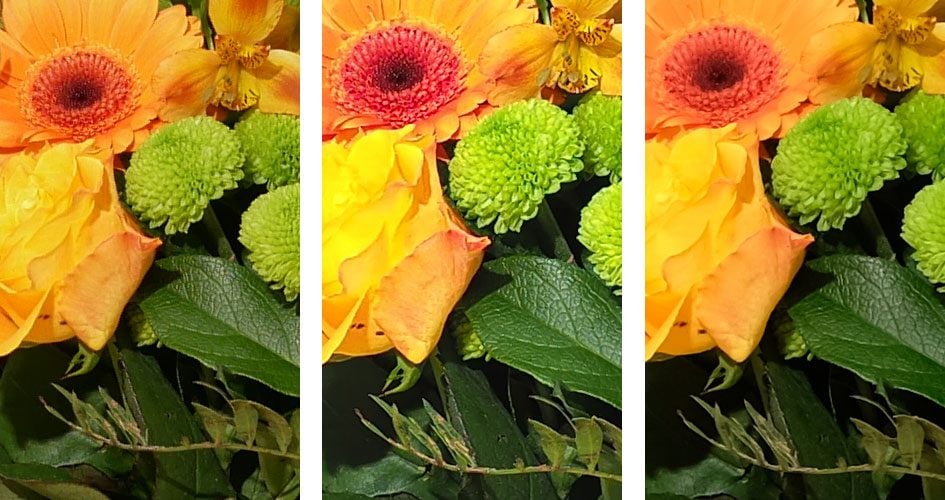
Above left: Panasonic Lumix G80 / G85 (JPEG) using Leica 25mm f1.4 at f4, low (100 ISO). Above center: Olympus OMD EM1 Mark II (JPEG) using Leica 25mm f1.4 at f4, low (64 ISO). Above right: Fujifilm XT2 (JPEG) using Fujinon XF 35mm f2 at f5.6, 100 ISO
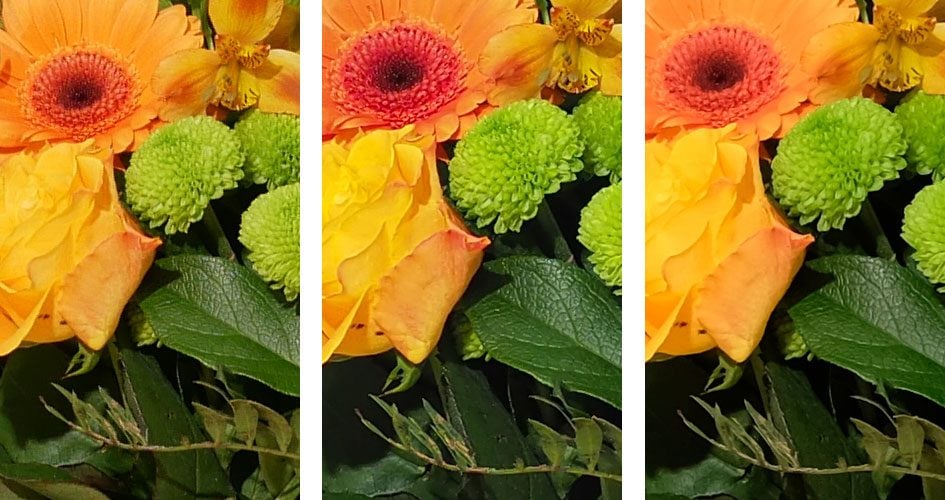
Above left: Panasonic Lumix G80 / G85 (JPEG) using Leica 25mm f1.4 at f4, 200 ISO. Above center: Olympus OMD EM1 Mark II (JPEG) using Leica 25mm f1.4 at f4, 200 ISO. Above right: Fujifilm XT2 (JPEG) using Fujinon XF 35mm f2 at f5.6, 200 ISO
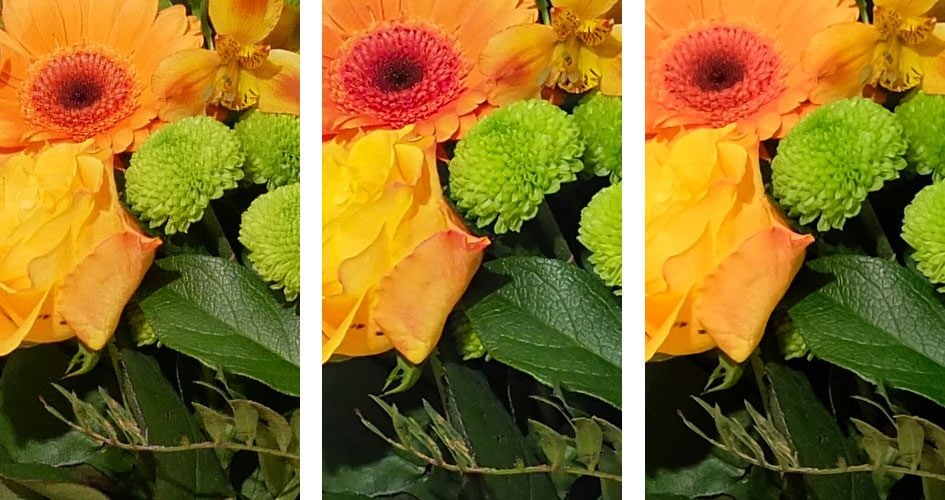
Above left: Panasonic Lumix G80 / G85 (JPEG) using Leica 25mm f1.4 at f4, 400 ISO. Above center: Olympus OMD EM1 Mark II (JPEG) using Leica 25mm f1.4 at f4, 400 ISO. Above right: Fujifilm XT2 (JPEG) using Fujinon XF 35mm f2 at f5.6, 400 ISO
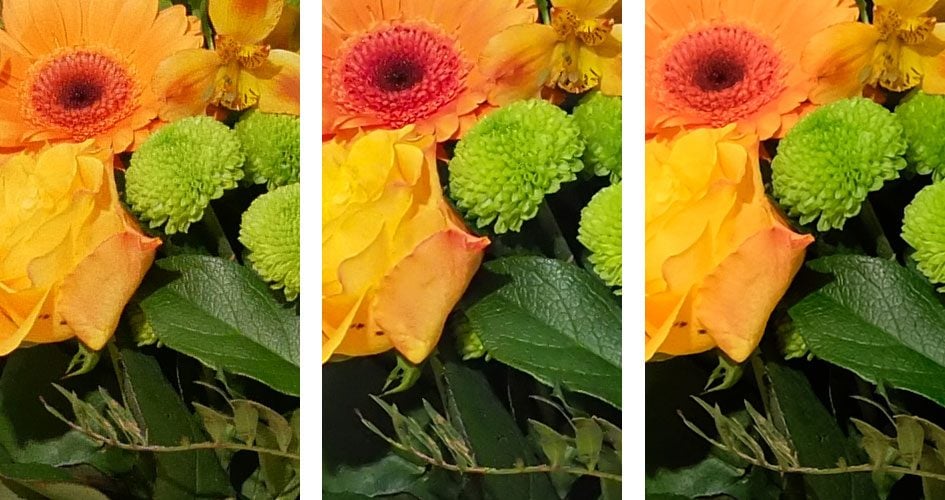
Above left: Panasonic Lumix G80 / G85 (JPEG) using Leica 25mm f1.4 at f4, 800 ISO. Above center: Olympus OMD EM1 Mark II (JPEG) using Leica 25mm f1.4 at f4, 800 ISO. Above right: Fujifilm XT2 (JPEG) using Fujinon XF 35mm f2 at f5.6, 800 ISO
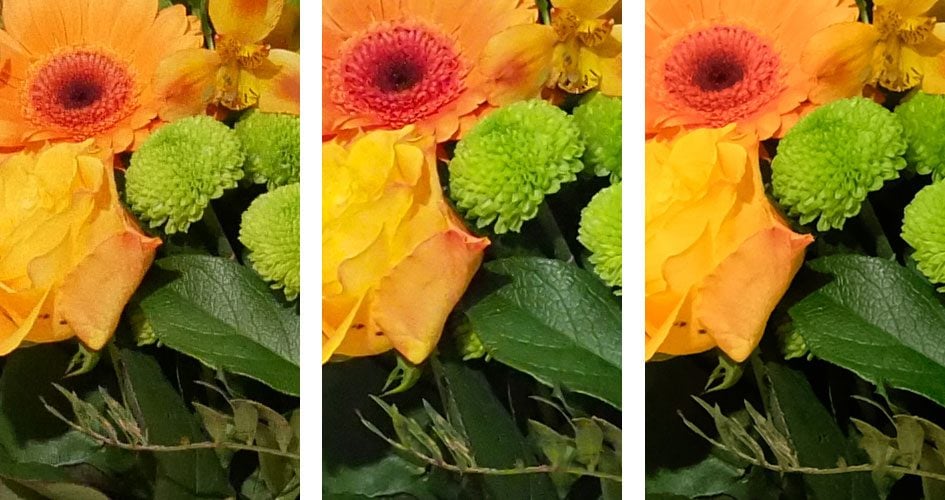
Above left: Panasonic Lumix G80 / G85 (JPEG) using Leica 25mm f1.4 at f4, 1600 ISO. Above center: Olympus OMD EM1 Mark II (JPEG) using Leica 25mm f1.4 at f4, 1600 ISO. Above right: Fujifilm XT2 (JPEG) using Fujinon XF 35mm f2 at f5.6, 1600 ISO
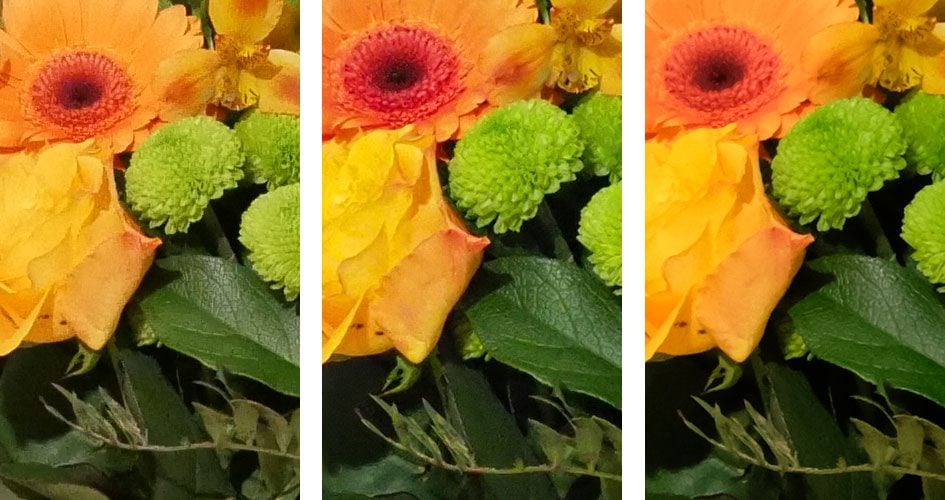
Above left: Panasonic Lumix G80 / G85 (JPEG) using Leica 25mm f1.4 at f4, 3200 ISO. Above center: Olympus OMD EM1 Mark II (JPEG) using Leica 25mm f1.4 at f4, 3200 ISO. Above right: Fujifilm XT2 (JPEG) using Fujinon XF 35mm f2 at f5.6, 3200 ISO
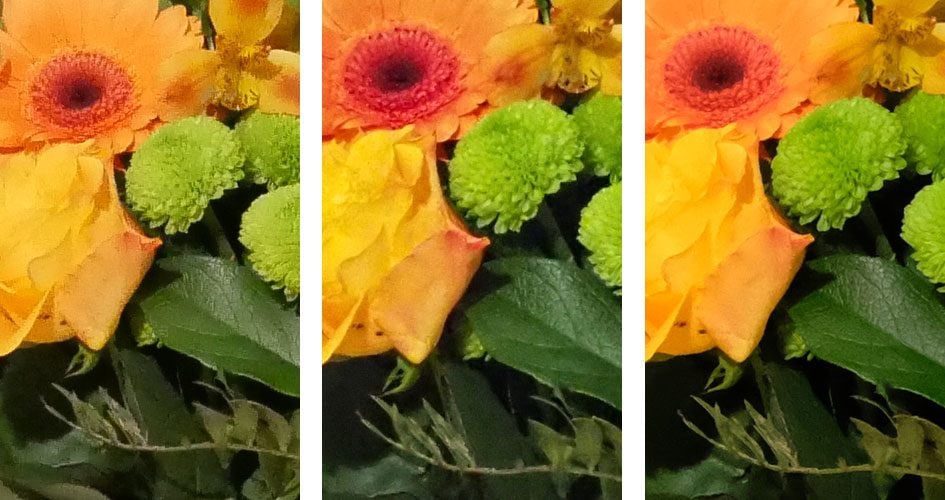
Above left: Panasonic Lumix G80 / G85 (JPEG) using Leica 25mm f1.4 at f4, 6400 ISO. Above center: Olympus OMD EM1 Mark II (JPEG) using Leica 25mm f1.4 at f4, 6400 ISO. Above right: Fujifilm XT2 (JPEG) using Fujinon XF 35mm f2 at f5.6, 6400 ISO
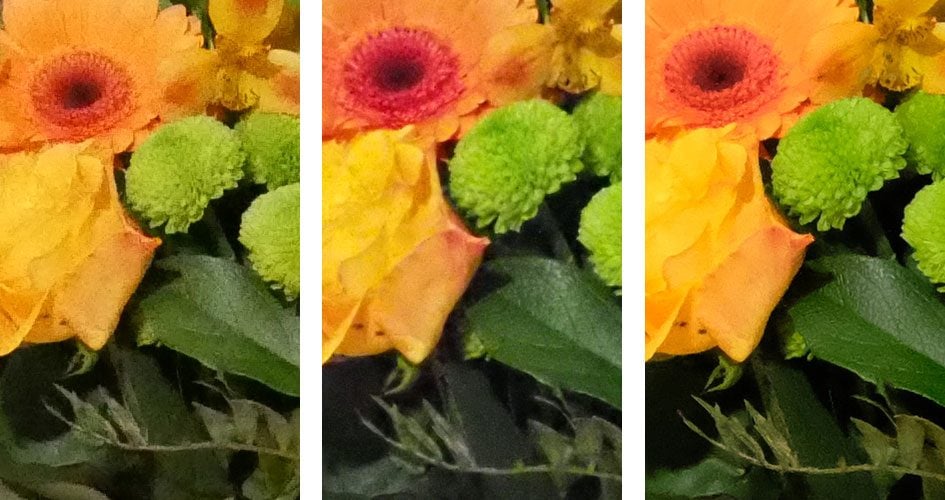
Above left: Panasonic Lumix G80 / G85 (JPEG) using Leica 25mm f1.4 at f4, 12800 ISO. Above center: Olympus OMD EM1 Mark II (JPEG) using Leica 25mm f1.4 at f4, 12800 ISO. Above right: Fujifilm XT2 (JPEG) using Fujinon XF 35mm f2 at f5.6, 12800 ISO
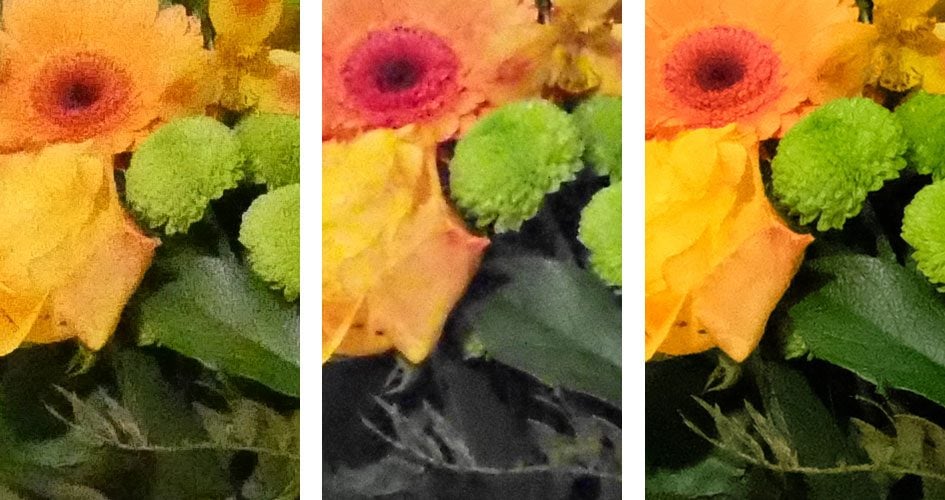
Above left: Panasonic Lumix G80 / G85 (JPEG) using Leica 25mm f1.4 at f4, 25600 ISO. Above center: Olympus OMD EM1 Mark II (JPEG) using Leica 25mm f1.4 at f4, 25600 ISO. Above right: Fujifilm XT2 (JPEG) using Fujinon XF 35mm f2 at f5.6, 25600 ISO.
Next check out my sample images or head back to my verdict!
Check prices at Amazon, B&H, Adorama, eBay or Wex. Alternatively get yourself a copy of my In Camera book, an official Cameralabs T-shirt or mug, or treat me to a coffee! Thanks!




